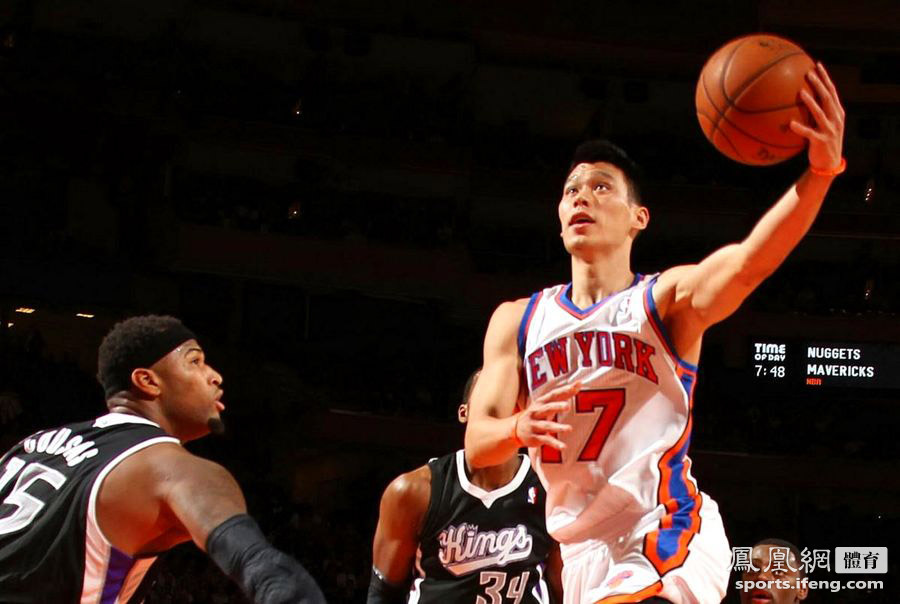OK, so you might think writing about sunglasses is not nearly as important as writing about racism or Asian American role models or earthquakes in Japan. But I submit that the search for glasses that fit on Asian faces without sliding down our noses and smearing on our cheeks, or smashing our eyelashes (those of us who have long lashes, real or fake) can be pretty darned important, and for one Japanese American entrepreneur, downright critical.
I’ve worn glasses since third grade, except for a few years after 2000 when I got lasiked and experienced the miracle of not having to wear glasses. Today, my eyes have gotten worse so I need to wear glasses again but I take them off when I’m sitting at the computer and don’t need them for watching TV. And the glasses I do wear have much — much — thinner lenses than I’ve worn in the past.
But one frustrating part of being Asian and wearing glasses is that I couldn’t wear plastic frame or horn-rimmed style glasses or sunglasses without having them slip down my nose and stick against my cheeks. My low bridge and high cheekbones never quite fit with the small protruding attached nose pieces those kinds of frames had. Instead, I had to order wire-framed glasses because they had the adjustable nose-pieces that I could pull out (I broke them off a couple of times) to make the glasses sit better on my nose.
There have been times when wireframes have been hip, so I accepted my fate. But I wasn’t able to wear timeless cool sunglasses like the original Ray-Ban Wayfarer, without pushing them up very few minutes.
But one entrepreneurial Japanese American, Megumi Hosogai, is bringing fashion flash to Asian faces with her MEGUMI-O sunglasses, Jackie Onassis-style big round sunglasses that scream retro-chic on any face. Hosogai created a frame that Jackie-O might have worn, but with an extended bridge designed specially for Asian faces (or for people who have extra-long eyelashes). So far she has them available in a handful of LA boutiques, but she’s started a Kickstarter fundraising campaign to raise money to mass-produce her glasses.
Continue reading











